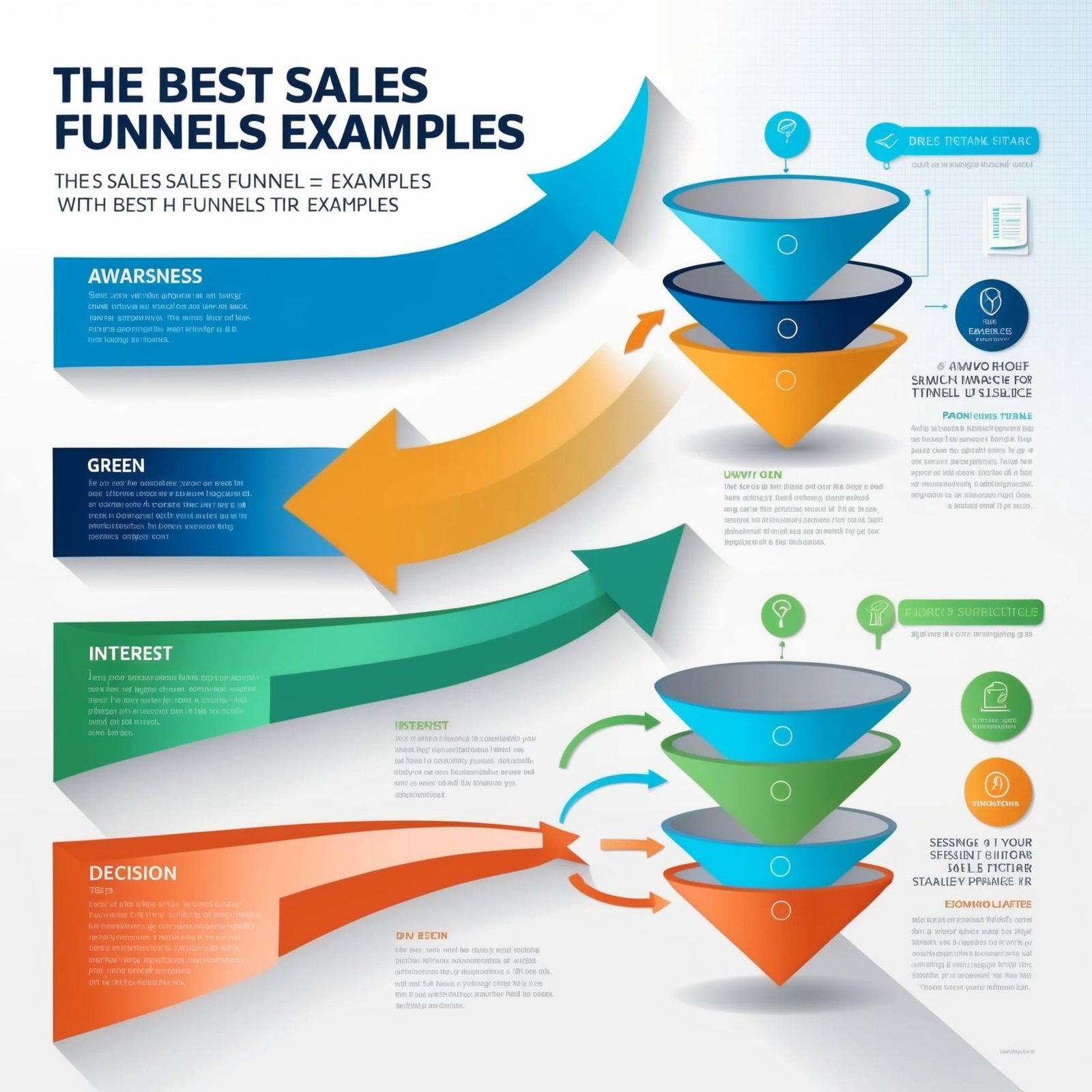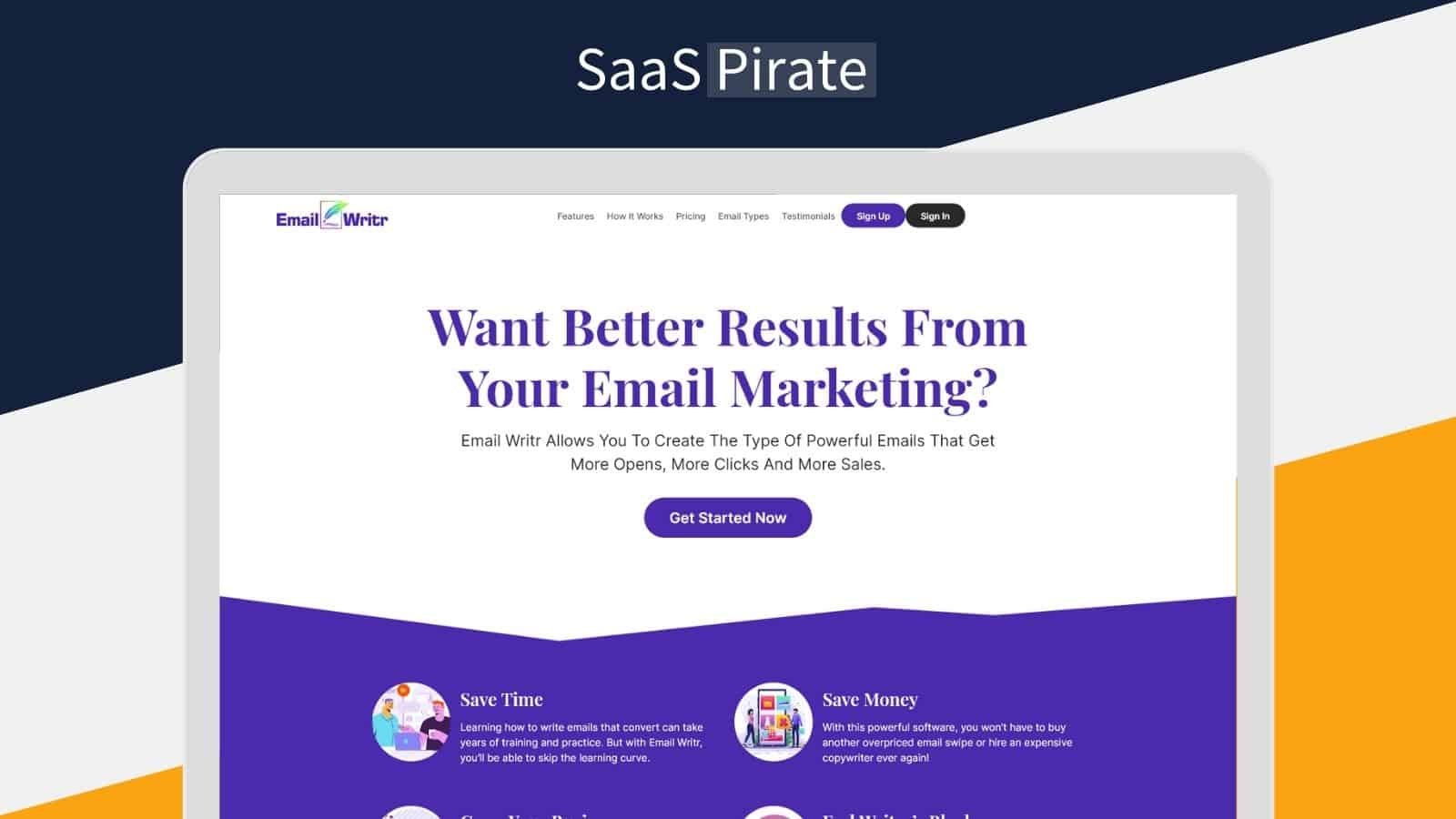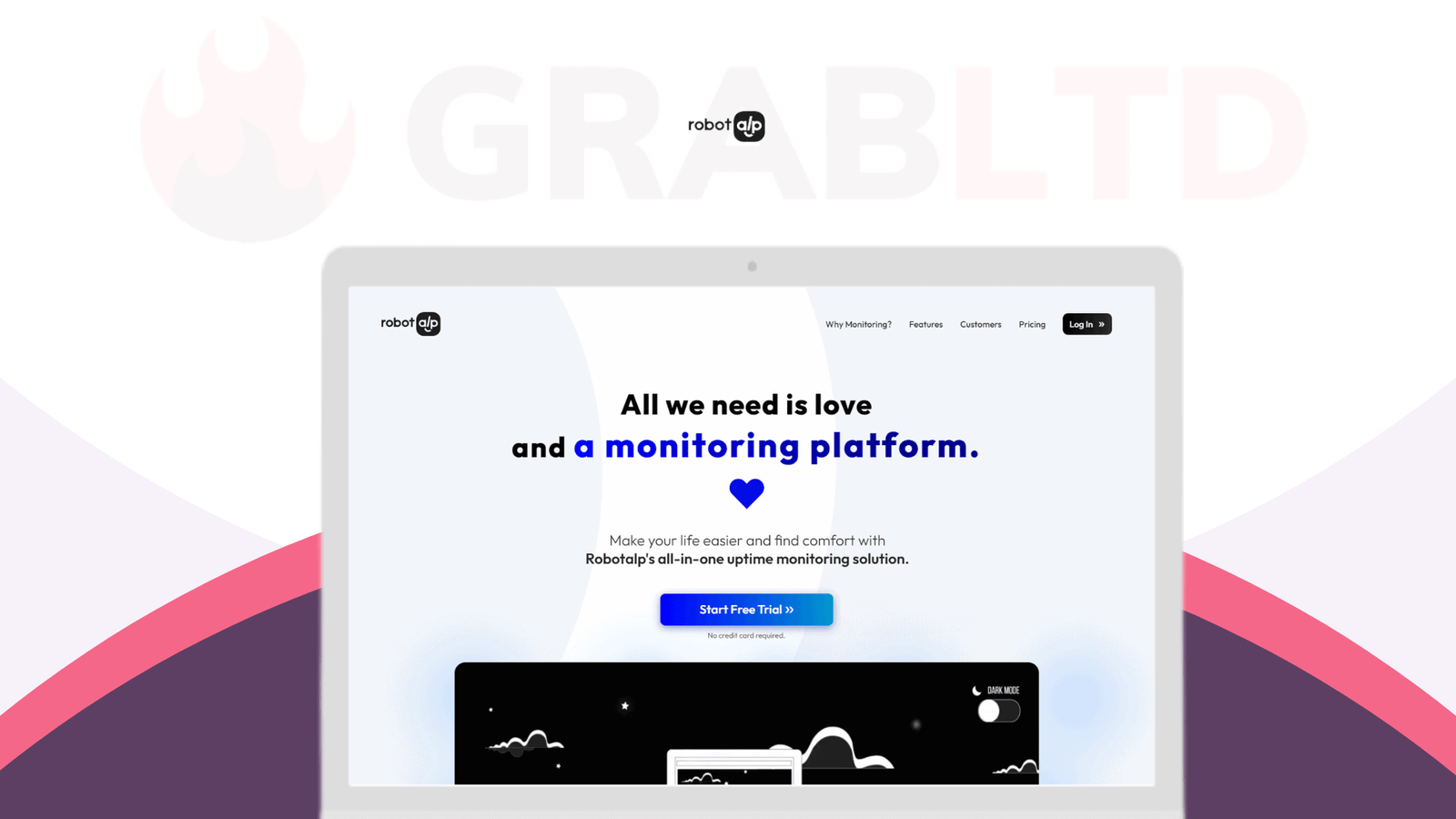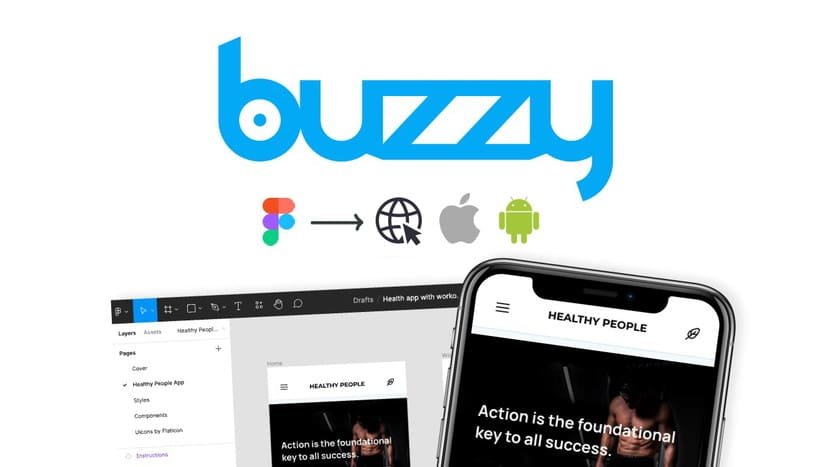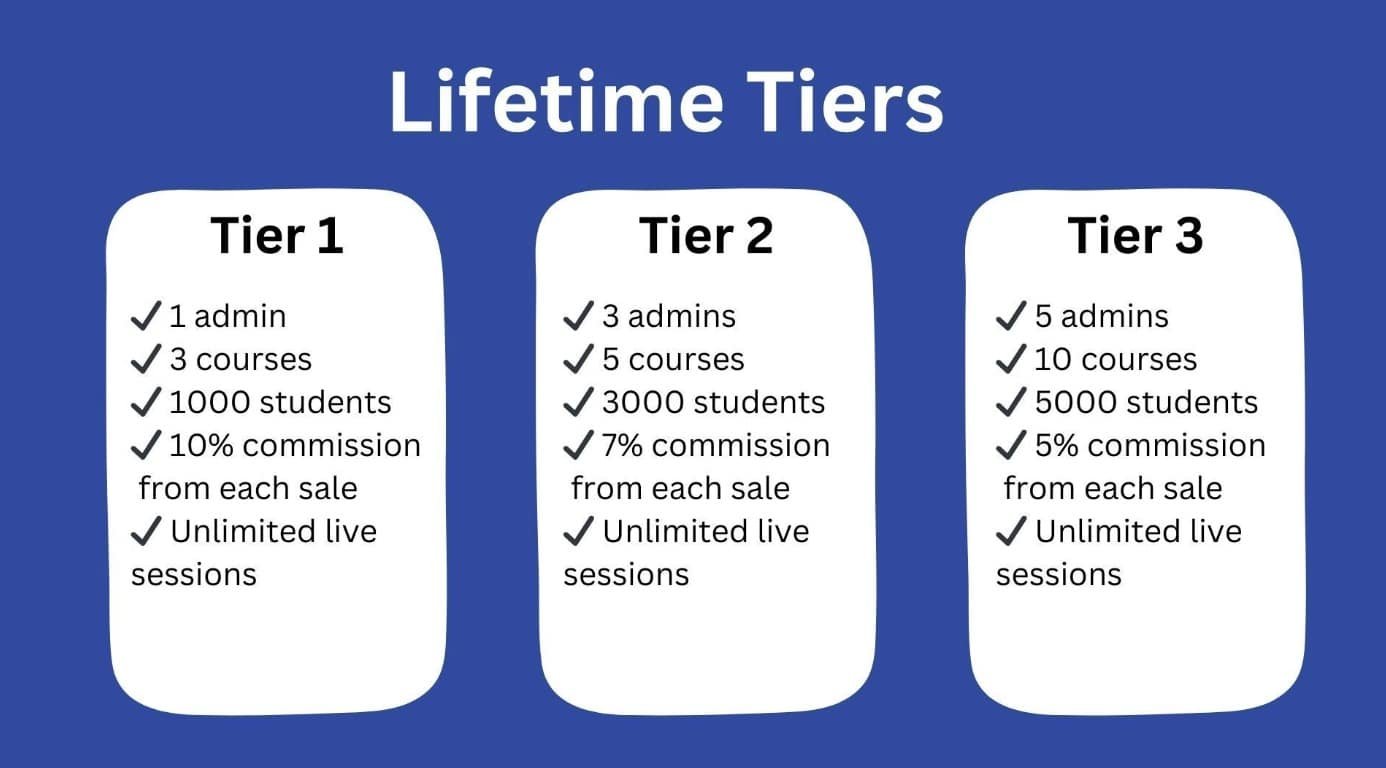Best Sales Funnels Examples! Sales funnels are crucial for guiding potential customers. They help convert leads into loyal clients.
Effective sales funnels can boost revenue and improve customer relationships. In this blog post, we explore some of the best sales funnel examples. These examples highlight different strategies and techniques that successful businesses use. Understanding these can help you create an effective sales funnel for your own business.
Whether you’re a startup or an established company, learning from these examples can provide valuable insights. Let’s dive in and discover what makes these sales funnels successful.

Credit: www.zendesk.com
Introduction To Sales Funnels
Sales funnels are essential for guiding potential customers through their buying journey. They help convert leads into paying customers. Understanding sales funnels can improve your marketing strategy and boost sales.
What Is A Sales Funnel?
A sales funnel is a visual representation of the customer journey. It starts from the moment they learn about your business until they make a purchase. The funnel has several stages:
- Awareness – Potential customers become aware of your product or service.
- Interest – They show interest and seek more information.
- Decision – They consider making a purchase.
- Action – They make the purchase.
Importance Of Sales Funnels
Sales funnels help track and understand customer behavior. They offer many benefits:
- Identify Weak Points – Find where potential customers drop off.
- Improve Customer Experience – Tailor content and offers to each stage.
- Increase Conversion Rates – Guide leads through a structured path.
With well-designed sales funnels, businesses can boost their sales and build stronger customer relationships.
Key Elements Of A Successful Sales Funnel
The key elements of a successful sales funnel are crucial for guiding potential customers from initial awareness to the final purchase. A well-structured funnel ensures a smooth journey, maximizing conversions and boosting revenue. Let’s dive into the essential components that make up an effective sales funnel.
Attracting Leads
Attracting leads is the first step in any sales funnel. This involves creating awareness about your product or service. Use SEO-optimized content, social media posts, and online ads to reach your target audience.
- Use blog posts to share valuable information.
- Create engaging social media content.
- Run targeted ads to attract specific audiences.
Make sure your content is informative and engaging. This will draw potential leads to your website or landing page.
Nurturing Prospects
Nurturing prospects is the process of building relationships with potential customers. This involves providing further information and addressing any questions they may have.
- Send personalized email campaigns.
- Offer free resources like eBooks or webinars.
- Use retargeting ads to keep your brand top of mind.
Use a combination of these methods to engage prospects. The goal is to build trust and demonstrate the value of your product or service.
Converting Customers
The final stage of the sales funnel is converting prospects into paying customers. This is where all your efforts pay off. Ensure that your checkout process is smooth and user-friendly.
- Use clear and compelling calls to action.
- Offer limited-time discounts or promotions.
- Provide multiple payment options.
Make the buying process as simple and straightforward as possible. This reduces friction and increases the likelihood of conversion.
By focusing on these key elements, you can create a successful sales funnel that attracts leads, nurtures prospects, and converts customers.
Top Sales Funnel Examples
Sales funnels are essential for converting prospects into loyal customers. Effective sales funnels guide users through each stage of their buying journey. Here are some of the top sales funnel examples that have proven to be successful.
Clickfunnels
ClickFunnels is a popular tool for building sales funnels. It offers a drag-and-drop editor, making it easy to create high-converting landing pages. ClickFunnels provides templates for various stages of the funnel, including opt-in pages, sales pages, and order forms.
One of the best features of ClickFunnels is its integrated payment system. Users can process payments directly through the platform, simplifying the sales process. Analytics tools help track and optimize performance.
| Feature | Description |
|---|---|
| Drag-and-Drop Editor | Create pages easily without coding |
| Payment Integration | Process payments within the platform |
| Analytics Tools | Track and optimize funnel performance |
Leadpages
Leadpages is known for its simplicity and effectiveness. It helps create landing pages that capture leads and convert them into customers. With Leadpages, users can build pages quickly using templates.
Leadpages also offers lead capture pop-ups to engage visitors. Integration with email marketing services helps automate follow-ups. A/B testing tools are available to refine and improve page performance.
- Simple and effective landing pages
- Lead capture pop-ups
- Email marketing service integration
- A/B testing tools
Hubspot
HubSpot is a comprehensive platform for inbound marketing. It offers tools for creating and managing sales funnels. HubSpot’s CRM integrates seamlessly with its sales funnel features, providing a unified experience.
HubSpot includes lead scoring to prioritize prospects based on their engagement. The platform also offers email marketing, automation, and detailed analytics. These features help nurture leads and convert them into customers.
- Comprehensive inbound marketing tools
- Seamless CRM integration
- Lead scoring to prioritize prospects
- Email marketing and automation
- Detailed analytics for insights
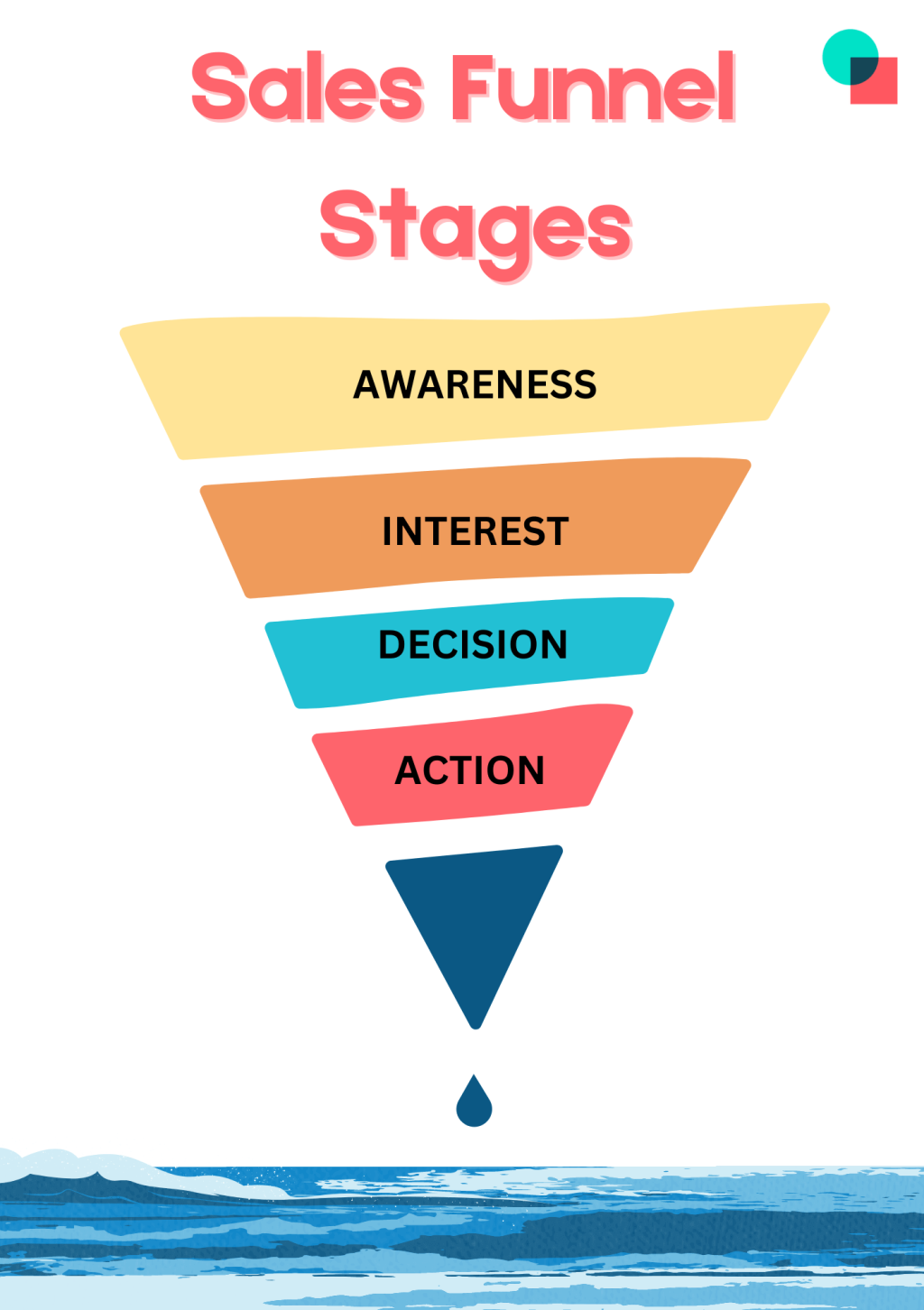
Credit: www.involve.me
Clickfunnels: A Comprehensive Solution
ClickFunnels is a popular tool for creating effective sales funnels. It offers a wide range of features that help businesses convert leads into customers. This section explores its key features, benefits, and use cases.
Features
ClickFunnels provides a variety of features designed to streamline the sales process:
- Drag-and-Drop Builder: Easily create pages without coding knowledge.
- Pre-built Templates: Choose from numerous templates for different industries.
- Integrations: Connect with popular tools like MailChimp, Stripe, and more.
- Automation: Set up automatic emails and follow-ups.
- Analytics: Track and analyze funnel performance.
Benefits
Using ClickFunnels offers several benefits for businesses:
- Time-Saving: Build sales funnels quickly with pre-built templates.
- Increased Conversion Rates: Optimize each step of the funnel for better results.
- Scalability: Easily scale your business as it grows.
- User-Friendly: Simple interface suitable for users with no technical background.
- Comprehensive Support: Access to tutorials and customer support.
Use Cases
ClickFunnels can be used in various scenarios:
| Industry | Use Case |
|---|---|
| E-commerce | Boost online sales through optimized product pages and checkout processes. |
| Coaching & Consulting | Create funnels to attract and convert leads into clients. |
| Online Courses | Promote and sell courses using webinar funnels and membership areas. |
| Event Promotion | Drive registrations and attendance for webinars, workshops, and live events. |
Leadpages: Simplified Funnel Creation
Leadpages makes funnel creation easy. It’s a tool designed for everyone, from beginners to experts. Creating sales funnels can be complex. Leadpages simplifies this process with user-friendly features.
Features
Leadpages is packed with features to streamline funnel creation:
- Drag-and-Drop Builder: Easily design pages without coding.
- Templates: Choose from many professional templates.
- Integrations: Connect with popular tools like CRM and email services.
- Analytics: Track and optimize your funnel’s performance.
- Mobile Responsiveness: Ensure your pages look great on any device.
Benefits
Using Leadpages offers several key benefits:
- Time-Saving: Quickly create and launch funnels.
- Cost-Effective: Affordable plans for every budget.
- Increased Conversions: High-converting templates boost sales.
- Ease of Use: User-friendly interface for all skill levels.
- Flexibility: Customize templates to fit your brand.
Use Cases
Leadpages is versatile and can be used in various scenarios:
| Use Case | Description |
|---|---|
| Product Launch | Create excitement and capture leads for new products. |
| Webinars | Promote and manage webinar registrations with ease. |
| Lead Generation | Build lists with effective opt-in pages. |
| Sales Pages | Design compelling pages to sell products or services. |
Leadpages streamlines funnel creation, making it accessible for everyone. Its features, benefits, and diverse use cases make it a valuable tool for any business.
Hubspot: Inbound Marketing Powerhouse
HubSpot stands out as an Inbound Marketing Powerhouse, offering a comprehensive and user-friendly sales funnel solution. It empowers businesses to attract, engage, and delight customers through its robust set of tools. Let’s delve into the key features, benefits, and use cases of HubSpot’s sales funnels.
Features
HubSpot’s sales funnel boasts several powerful features:
- Lead Generation: Capture leads with forms, pop-ups, and live chat.
- Email Marketing: Create and automate email campaigns with ease.
- CRM Integration: Seamlessly integrates with HubSpot CRM for better tracking.
- Analytics: Track performance with detailed reports and insights.
- Landing Pages: Design high-converting landing pages without coding.
Benefits
Using HubSpot’s sales funnel offers numerous benefits:
- Streamlined Process: All tools under one roof simplify marketing efforts.
- Improved Conversion Rates: Optimize campaigns with data-driven decisions.
- Enhanced Customer Experience: Personalize interactions with automated workflows.
- Time Efficiency: Save time with easy-to-use templates and automation.
Use Cases
HubSpot’s sales funnel is versatile for various use cases:
- Small Businesses: Ideal for small teams needing an all-in-one solution.
- E-commerce: Boost online sales with targeted email campaigns.
- Service Providers: Nurture leads with personalized content and follow-ups.
- Startups: Scale growth with cost-effective marketing tools.
| Feature | Benefit | Use Case |
|---|---|---|
| Lead Generation | Capture potential customers | Startups |
| Email Marketing | Automate communication | E-commerce |
| CRM Integration | Track interactions | Service Providers |
| Analytics | Measure performance | Small Businesses |
| Landing Pages | Increase conversions | All |
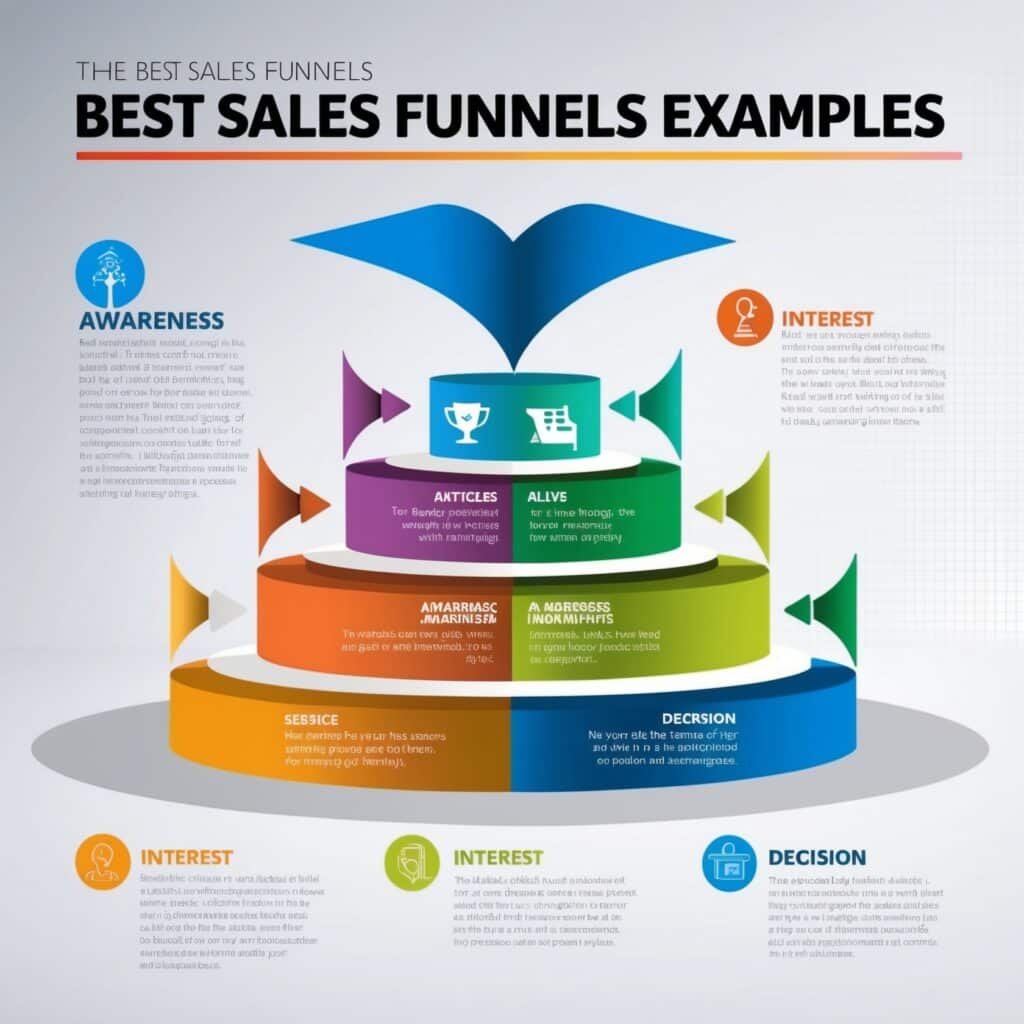
Tips For Optimizing Your Sales Funnel
Optimizing your sales funnel is crucial for increasing conversions and maximizing revenue. By focusing on key areas like data analysis, A/B testing, and user experience, you can identify bottlenecks and improve customer journeys. Below are some tips to enhance your sales funnel effectively.
Analyzing Data
Data analysis is essential for understanding your sales funnel’s performance. Use tools like Google Analytics to track user behavior and identify drop-off points.
- Set up goals: Define clear goals in your analytics tool.
- Monitor key metrics: Track metrics like conversion rates, bounce rates, and average session duration.
- Segment your audience: Analyze data for different customer segments to tailor your approach.
Regularly review your data to spot trends and make informed decisions. This helps in identifying areas that need improvement.
A/b Testing
A/B testing allows you to experiment with different elements of your sales funnel. Compare variations to see which performs better.
- Select a variable: Choose one element to test, such as headlines or call-to-action buttons.
- Create two versions: Develop two different versions of the element.
- Run the test: Split your traffic evenly between the two versions.
- Analyze results: Use data to determine which version is more effective.
Implement the winning variation and continue testing other elements. This iterative process helps in refining your sales funnel over time.
Improving User Experience
User experience (UX) plays a significant role in guiding prospects through your sales funnel. A smooth and intuitive experience encourages conversions.
| Element | Tips |
|---|---|
| Navigation | Ensure easy and logical navigation. Avoid clutter. |
| Load Time | Optimize page load times for better user experience. |
| Mobile Optimization | Make your website mobile-friendly. Test on various devices. |
Pay attention to user feedback and make necessary adjustments. A positive user experience can significantly boost your conversion rates.

Credit: www.zendesk.com
Common Mistakes To Avoid
Creating an effective sales funnel can be a challenge. But avoiding common mistakes can streamline your process and boost your results. Here are some key errors to steer clear of.
Ignoring Metrics
Tracking metrics is vital for your sales funnel’s success. Without metrics, you can’t know what works. Or what doesn’t. You should monitor:
- Conversion rates: Measure how many visitors turn into customers.
- Bounce rates: Track the percentage of visitors who leave without action.
- Customer acquisition cost (CAC): Calculate the cost to gain a new customer.
Use these metrics to refine your strategy. Ignoring them can lead to poor decisions. And lost opportunities.
Lack Of Personalization
Personalization can significantly impact your sales funnel. Generic messages often fail to resonate. Tailor your content to your audience’s needs. Consider:
- Using personalized emails.
- Segmenting your audience based on behavior.
- Offering personalized product recommendations.
These techniques can make your audience feel valued. And increase their likelihood of converting.
Overcomplicating The Process
A sales funnel should be simple and clear. Complex processes confuse potential customers. Keep it easy to understand. Focus on:
| Aspect | Solution |
|---|---|
| Navigation | Ensure a user-friendly website. |
| Steps | Limit the number of steps in the funnel. |
| Language | Use simple, clear language. |
By simplifying your process, you remove barriers. And guide users smoothly through the funnel.
Frequently Asked Questions
What Are Sales Funnels?
Sales funnels guide potential customers through the buying process. They start with awareness and end with a purchase. Each stage is crucial for converting leads.
Why Are Sales Funnels Important?
Sales funnels streamline the customer journey. They help businesses understand where they lose leads. This allows for targeted improvements and increased conversions.
How Do Sales Funnels Work?
Sales funnels work by moving prospects through stages. These include awareness, interest, decision, and action. Each stage requires specific strategies to engage and convert.
Can Sales Funnels Increase Sales?
Yes, sales funnels can increase sales. They optimize the customer journey and improve conversion rates. This leads to higher revenue and better customer retention.
Conclusion
Finding the best sales funnel examples can transform your business. Each example offers unique strategies. Learn from their successes and adapt them to your needs. Start small and scale as you gain confidence. Test different approaches and see what works best.
Remember, a successful sales funnel requires continuous optimization. Stay focused on your goals and keep refining your process. With dedication, you can create a sales funnel that drives results. Happy selling!

